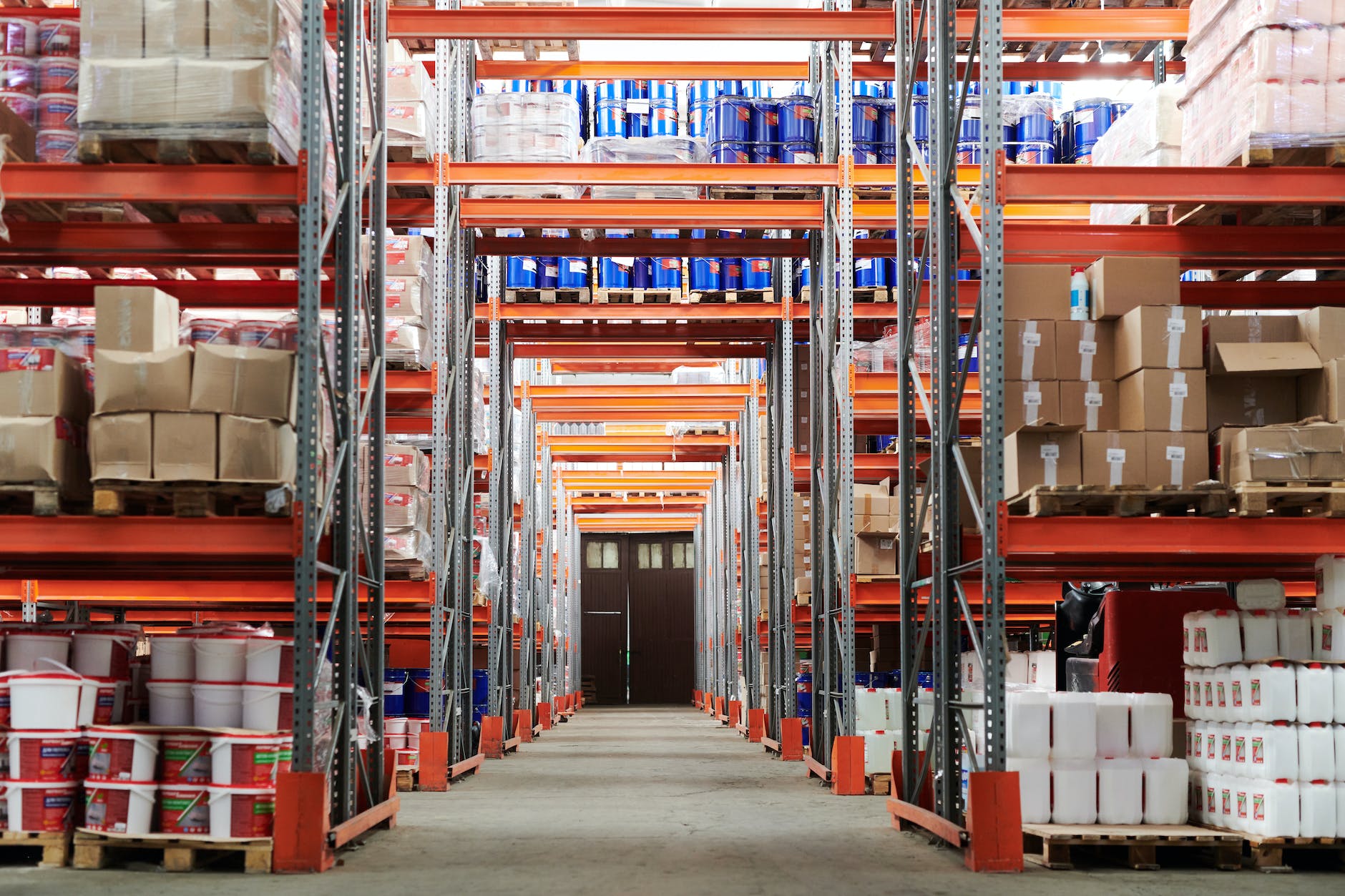Thus, effective warehouse space management is not just a desirable goal that today’s companies should strive to achieve but a necessity that can significantly impact increasing efficiency and decreasing costs. Thus, implementing a sophisticated warehouse racking system can be influential in managing space and the company’s logistics operations. Suppose you are expanding an existing structure or putting up a new one. In that case, your decisions about space utilization will play a significant role in your ability to meet your customers’ needs and manage your resources effectively.
These solutions’ planning and implementation enable the organization to address the standard warehousing and distribution problems, thus supporting the system’s overall effectiveness. The improved warehouse space also positively affects the overall logistics processes since it affects the speed, safety, and quality of the services provided. This systematic way of working not only enhances the efficiency of the process but also increases the capacity of the businesses to meet the market challenges.
Key Takeaways:
- Find out what tips can help in enhancing the efficiency of warehouse space.
- Learn about the possible solutions that can be used to improve operational efficiency.
- Read about the advantages of proper inventor organization.
Table of Contents:
- Introduction to Warehouse Space Utilization
- The Importance of Efficient Space Management
- Innovative Techniques for Space Optimization
- Technology’s Role in Warehousing Solutions
- Cost-effective Solutions for Warehouse Optimization
- Best Practices for Inventory Management
- Real-Life Examples of Successful Space Utilization
- Conclusion: Enhancing Efficiency and Reducing Costs
Introduction to Warehouse Space Utilization
Maximizing space is more than finding ways to put more pallets in the warehouse. It is a process of planning and ensuring that every square foot of space is well coordinated to enhance the firm’s overall performance in the warehouse. This is particularly so where businesses are growing because such poor layouts will cause a bottleneck effect, reducing efficiency and increasing costs in the warehouse. These problems can be easily solved if companies pay attention to them. Then, these companies can change their warehouses from simple storage areas to efficient operational hubs that support their business strategies and goals by optimizing space. Implementing a well-designed warehouse racking system can help achieve this by optimizing storage capacity and improving accessibility to inventory in the warehouse, thereby maximizing space utilization.
The Importance of Efficient Space Management
Any warehouse operation must have efficient space management. It results in increased productivity, reduced operating costs, and promotes safety in the warehouse workplace. When a company offers more products in its inventory, the question of accommodating them without compromising on their easy accessibility in the warehouse space arises. Well-thought-out space management saves time and resources, as every item is easily accessible for quick turnaround and high customer satisfaction in the warehouse. An adequately installed warehouse racking system can significantly contribute to this efficiency by providing organized storage that maximizes vertical space and streamlines inventory retrieval, optimizing space usage in the warehouse.
Innovative Techniques for Space Optimization
Some techniques to enhance space management include vertical storage systems, cross-docking, and mezzanine floors in warehouses. Vertical systems exploit the height of warehouses so that more products can be stored in the same space. Cross-docking is a process that requires materials to be transferred from the incoming freight and then loaded into the outgoing trucks without being stored in the warehouse. These methods enhance the operation flow and reduce the time the products spend in-store while ensuring they are well-organized and easy to locate in the warehouse. Integrating a warehouse racking system into these strategies can optimize space by providing flexible storage configurations that adapt to changing inventory needs, maximizing space efficiency and improving overall warehouse operations.
One more area for storage spaces without the techniques needed for creating new buildings – through Mezzanine floors. This construction method maximizes the use of space and is a cost-effective way of increasing the floor area of a specific region. It’s essential to make these kinds of decisions when harnessing the limitations of the existing mechanisms. Also, variable storage systems such as modular shelving, furniture, and rollable tables and chairs to be adjusted or rearranged highlight a facility strategy responsive to space usage.
Technology’s Role in Warehousing Solutions
This paper has highlighted the importance of technology in the current warehousing industry. Some technologies include warehouse management systems (WMS) and automated storage and retrieval systems (AS/RS), which have changed the face of warehouse management and the control of inventory and space. Data analytics can improve the performance of these systems, generate valuable information regarding inventory turnover, and help organizations make proper decisions. In the future, the application of robotics and automation will be further developed and will open new possibilities to improve the warehouse environment. A well-integrated warehouse racking system can complement these technological advancements by providing a structured framework for inventory storage and retrieval, enhancing overall operational efficiency.
Cost-effective Solutions for Warehouse Optimization
Several options are available for businesses that may not be financially able to make considerable investing optimizations for the products according to the pick frequency. Lean inventory management, where the inventory held is as close as possible to what is needed, is a strategy that can be used to improve warehouse turnover without making a significant investment. These approaches assist in reducing costs and making sure that the most valuable space is well utilized to achieve the lean operational goals.
It is also possible to leverage a shared warehousing agreement, where the cost of a facility is split between several companies. This system eliminates high costs that may not be affordable when acquiring a warehousing system. Proper lighting and climate control within the warehouse are also essential to reducing costs while achieving sustainability goals.
Best Practices for Inventory Management
Efficient inventory management is crucial to the effective utilization of the available space. Such measures as Just-in-Time (JIT) inventory management, ABC analysis, and demand forecasting help to synchronize inventory quantity with demand requirements and thus avoid stock accumulation. These practices not only help maintain a smooth flow of operation in the warehouse but also increase the company’s ability to deal with changes in the market and improve the services offered to the clients.
Real-Life Examples of Successful Space Utilization
Several firms have illustrated real-life examples of successful space utilization methods. A retail brand, for instance, expanded its storage capacity by up to 30% using appropriate and effective vertical racking systems and inventory control. These changes helped increase storage, order fulfillment speed , and labor costs, proving how much the right design and ideas matter.
Production is another innovative example, as it has begun using predictive analytics to forecast product demand in distribution centers. This allows them to control storage methods and ordering cycles accordingly, minimizing stockpiling and maximizing in-floor area. These initiatives testify to a great warehouse’s vision and leveraging technology.
Conclusion: Enhancing Efficiency and Reducing Costs
How warehouse space is used is crucial in achieving the company’s productivity and minimizing costs. So, by knowing the problems and having action plans/solutions in place, one can create a beneficial outcome throughout the company. Due to the ever-changing landscape of the logistics industries, implementing technological practices and enhanced storage solutions helps businesses remain relevant to the existing challenges. Thus, it will assist in creating a framework that will cater to the specific business requirements and promote future growth.
Are you interested in transforming your warehouse space? Evaluate the current storage systems and consider the new possibilities that may suit your company. Please do not wait for the right time; it is always now that one can optimize their warehouse and increase efficiency.

